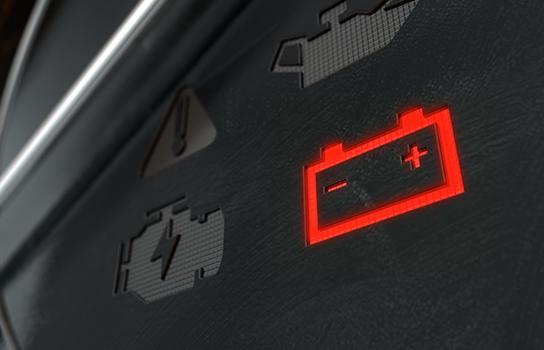It’s the season for spring cleaning and your battery might benefit from a quick onceover, too. Now is a good time to have a technician check for signs of winter wear and tear, such as corrosion and cracks that might cause problems down the road.
What is good preventive maintenance for your battery? Have a trained technician:
1. Inspect the battery case, brackets, and tray for corrosion and remove these deposits, which interfere with the flow of electric current. If the brackets or tray are heavily corroded, they should be replaced.
2. Inspect brackets to make sure they secure the battery adequately. Loose brackets will allow the battery to vibrate, shortening its life and possibly damaging other components.
3. Tighten loose battery cables.
4. Check the tension and condition of the fan belt. A loose fan belt can diminish the battery’s ability to charge. If a fan belt is frayed or cracked, have it replaced.
5. Most batteries today are sealed and do not require you to monitor water levels.
However, if your battery is not “maintenance-free,” ask the technician to add water, if necessary. Even with good care and maintenance, the life of a car battery is only 3-5 years. If you live in a part of the country that experiences temperature extremes, your battery life may be even shorter. So if your battery is four years old or older, you may end up enjoying a spring shower in your driveway or parking lot, waiting for a tow truck.

